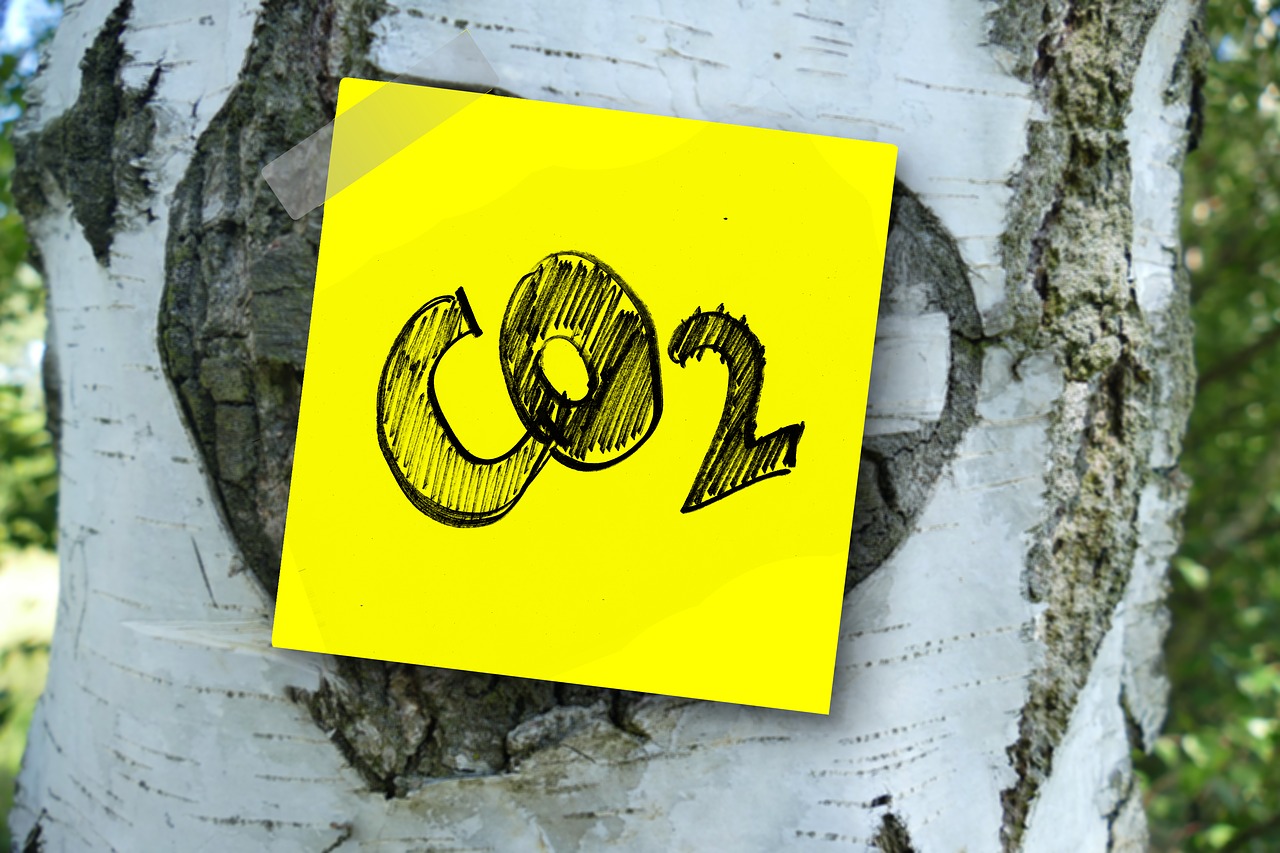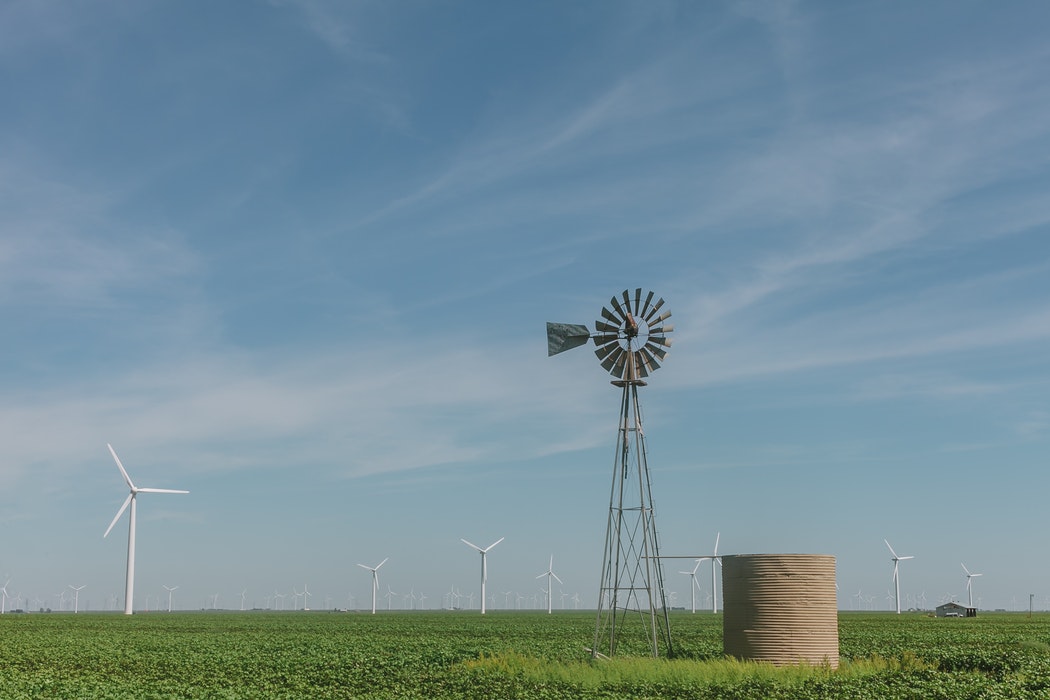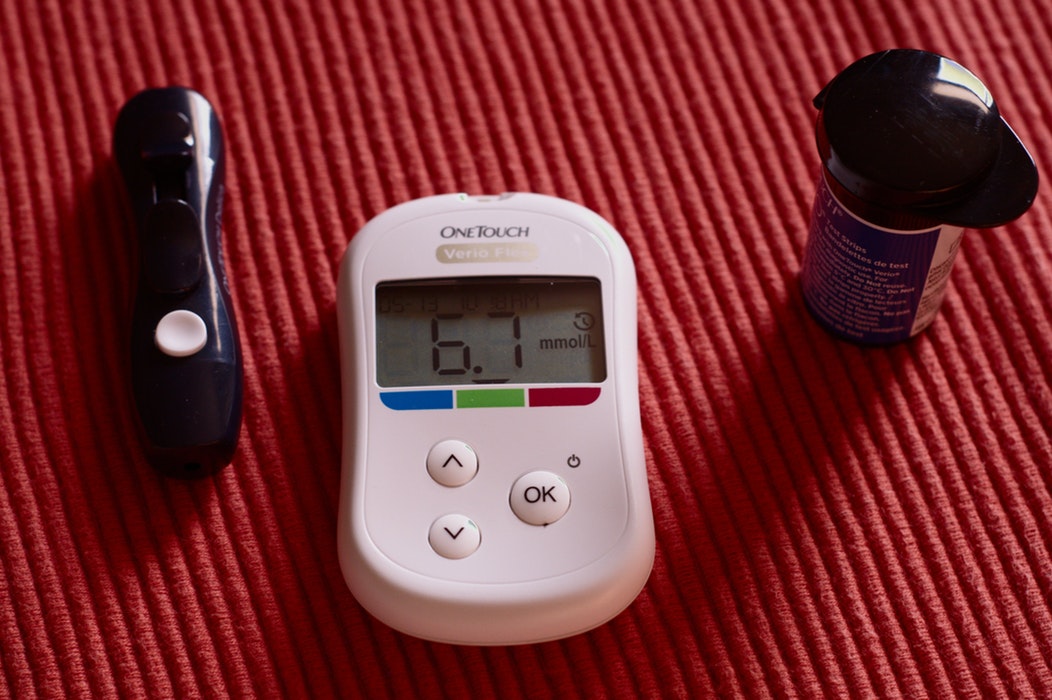Within the the industrial world carbon dioxide sensors are something that is often overlooked by many businesses. However these small devices have saved countless lives and are essential for large manufacturing companies or industrial workplaces in order to ensure the safety of their employees. Through this article we will look at the cost of carbon dioxide sensors as well as their uses in different environments.
Carbon Dioxide Sensors In Industrial Markets
Within Heavy industry carbon dioxide sensors are really a must for the majority of large corporations. One example of this is the cargo industry. Trade between different countries by sea moves millions of tonnes of goods around the world every day. In order to ensure the safety of the crews and workers on board it is important to have carbon dioxide sensors to monitor the level of carbon dioxide on board the ship. Without carbon dioxide sensors onboard a ship there could be serious repercussions. Essentially carbon dioxide in high dosages can render people unconscious and ultimately kill them. In order to prevent this on nearly all ship carbon dioxide sensors are fitted routinely to ensure that the crew is aware of the carbon dioxide levels onboard the vessel. As well as on ships another environment carbon dioxide sensors can be found is in factories. typically factories have high volumes of workers as well as output from emissions and waste byproduct. In a metal or oil plant for example the potential for the waste or emissions to be harmful is significantly higher than other environments due to the amount of machinery and raw materials being used. So as a result sensors can normally be located throughout these properties to ensure that the levels of carbon dioxide present is not harmful in any way.

Carbon Dioxide Sensors In Urban Markets
As well as being widely available within industrial markets , carbon dioxide sensors have also become commonplace within urban environments such as the property market as well as public sector organisations. This is in part due to increased awareness of the risks of carbon dioxide poisoning as a number of people have been killed abroad by Carbon dioxide leaks. In addition to this the fire and rescue service makes routine visits to people within their community to make sure that they have fire alarms and often also recommend getting a carbon dioxide monitor. This increase in public awareness means that people are far more likely to have a carbon dioxide sensor within their home.

Different Types Of Sensors
There have been a number of different types of sensors that have been produced depending on different requirements. Typically smaller and lower power sensors can be used in applications for small properties such as homes or a small office whereas higher powered larger sensors can be used within industrial environments and are likely to have a longer shelf life. In recent years there has been development of miniature sensors which could potentially be incorporated into cars and other forms of transport.

Conclusions
Overall there are a number of different conclusions that can be drawn from the use of carbon dioxide sensors. One of the main points that can be concluded is that technology as well as knowledge has come a long way over years past to ensure that we are safer at work and home. At the start of the 20th century there was little to no knowledge of the harmful effects of carbon dioxide.

